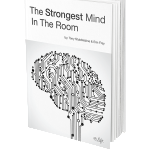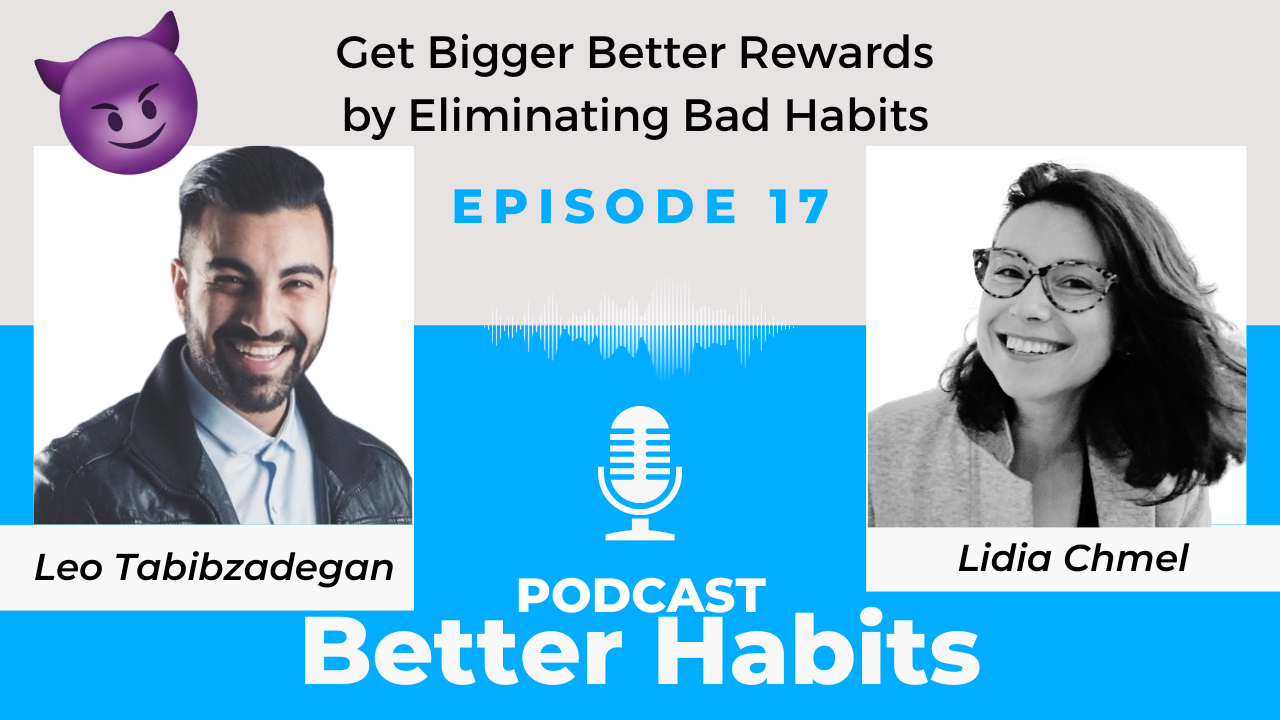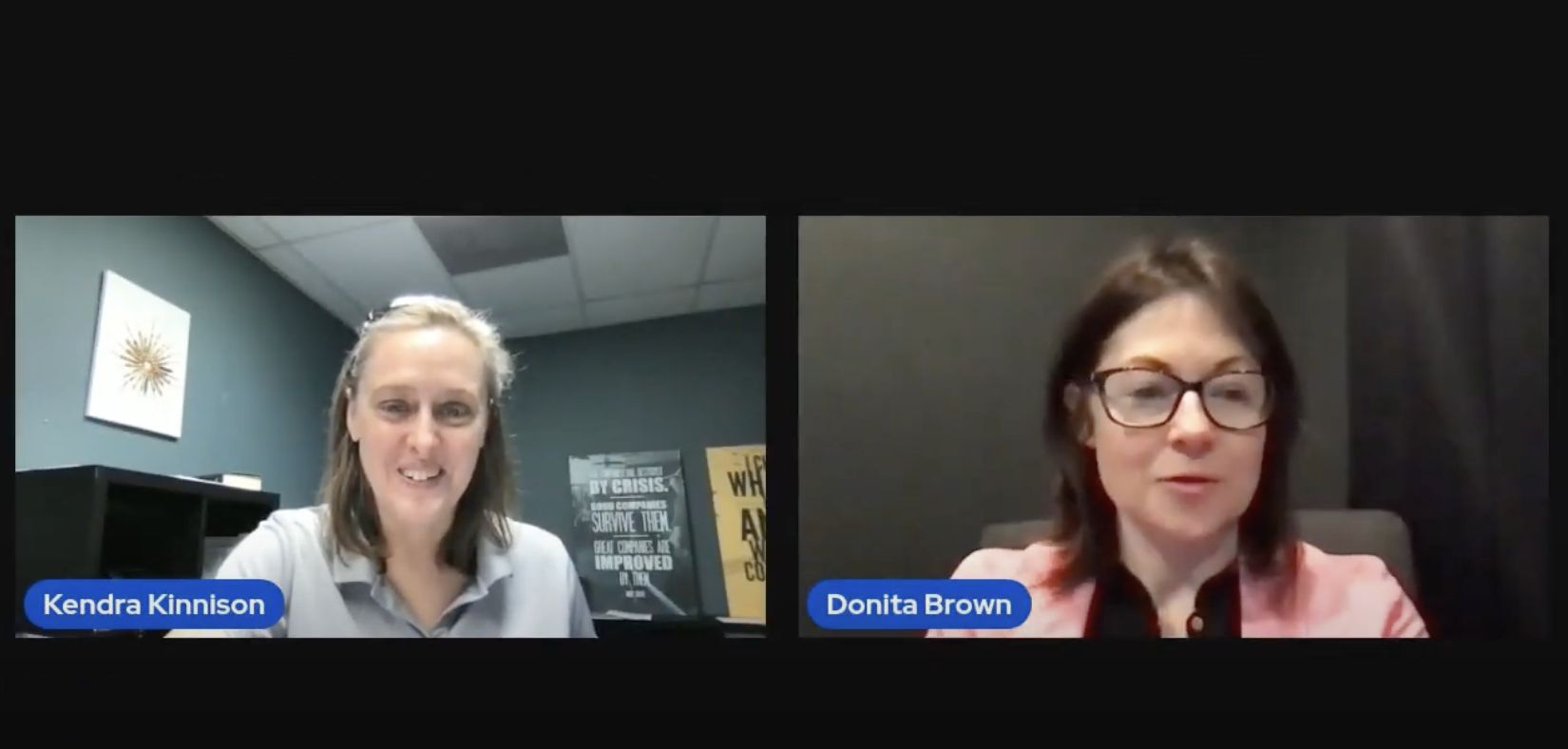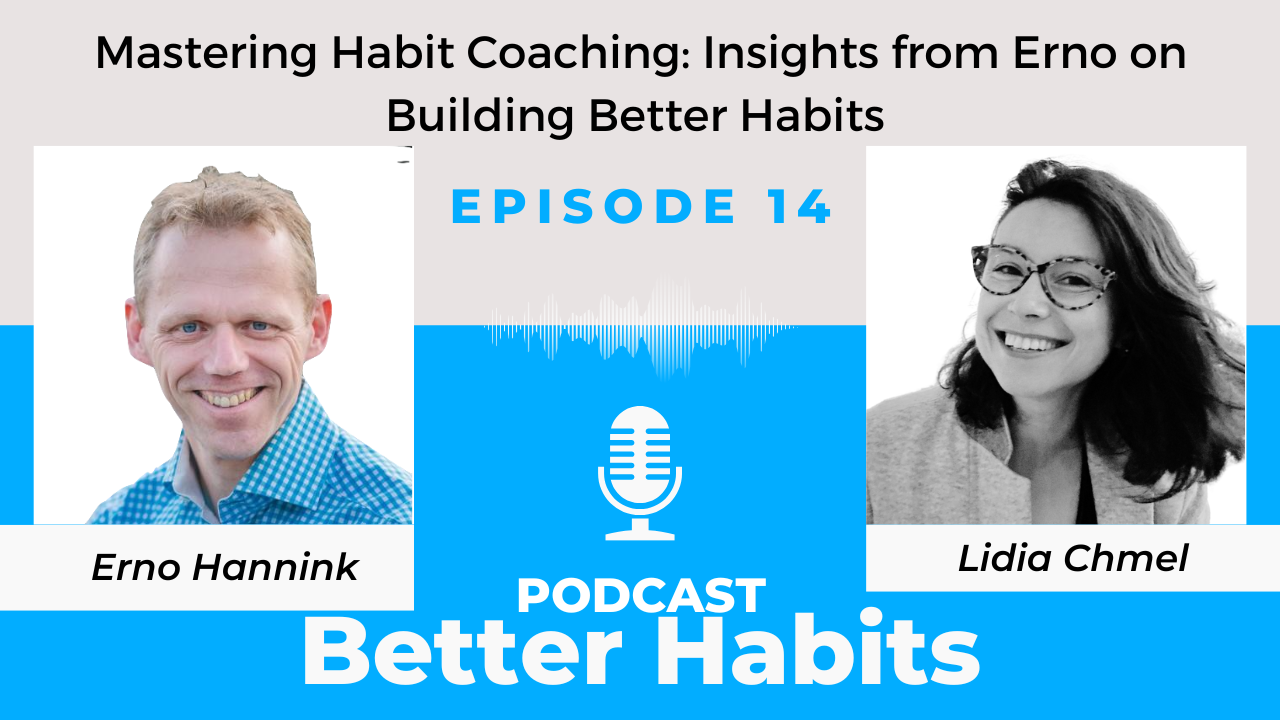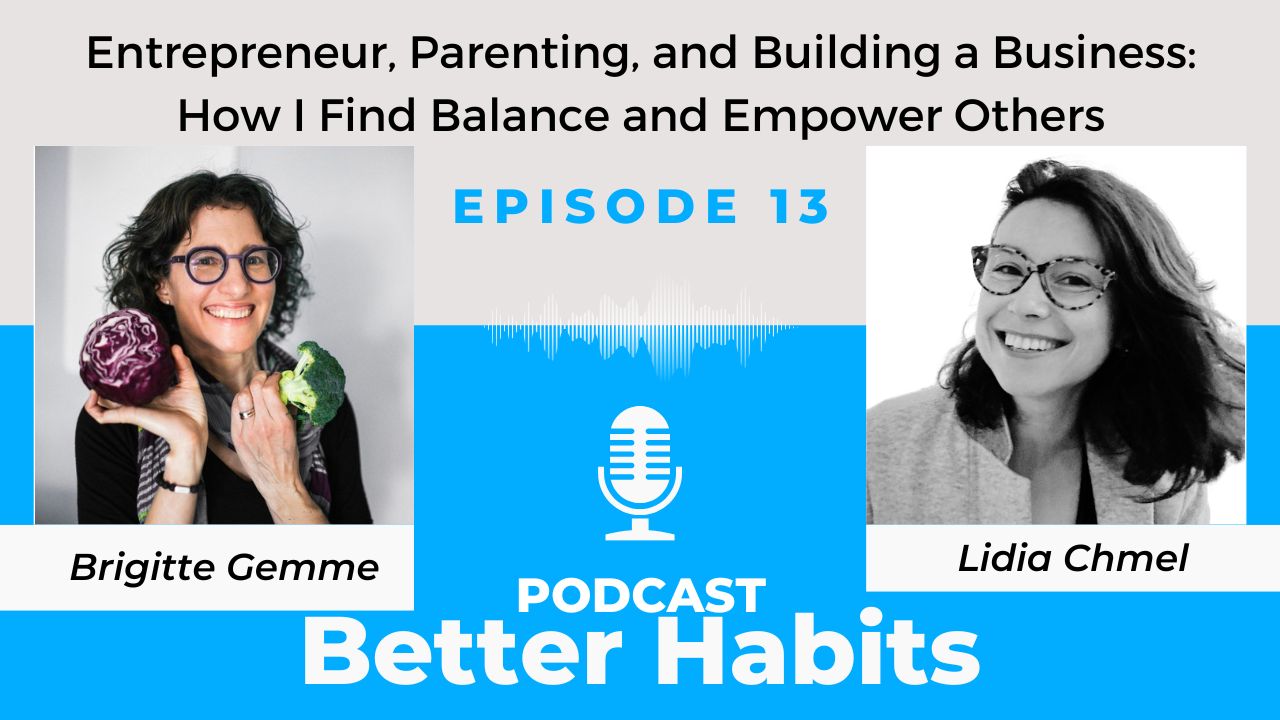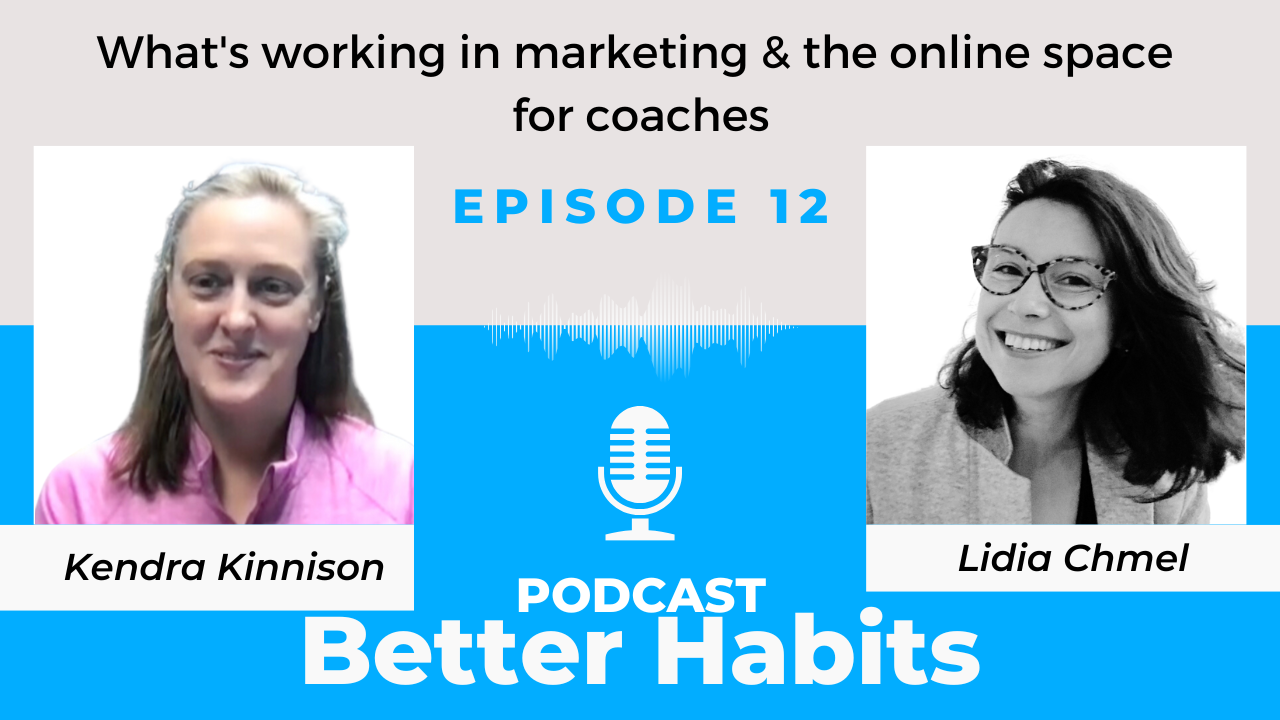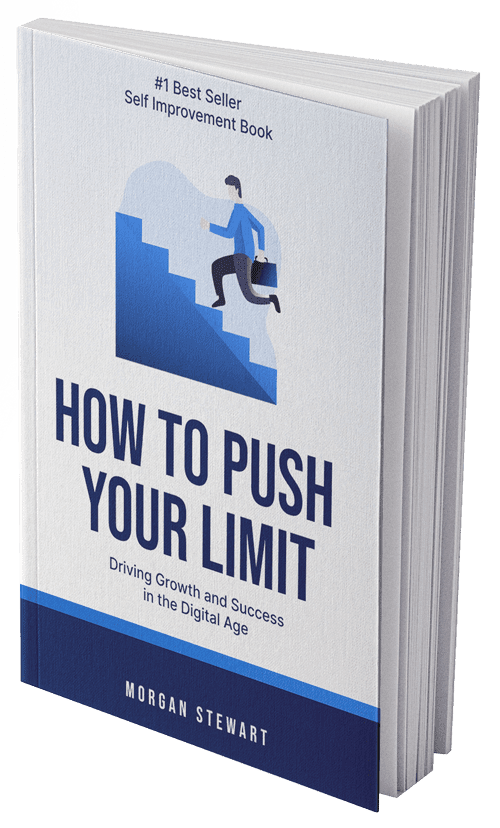“You can’t just expect to wake up and be creative without doing the work.”
While writing the creativity chapter for The Strongest Mind in the Room, Lift’s book about how mediation boosts human performance, we figured out very quickly that in order to show how meditation boosted creativity, first we’d have explain what that spark/insight/process/weirdness/thing we call creativity is. That’s a daunting task, so we enlisted the help of people who spend their day immersed in the creative process, including Ayla Newhouse, a designer at Adaptive Path in San Francisco. She explained some basic concepts of creativity to us and shared her views on the connections between meditation and the creative process.
A lot of people struggle with creativity. Why do you think that is?
I hear so many people say, “I don’t know if I’m creative.” I was just at Adaptive Path’s UX Week. Denise Jacobs was speaking about creativity and she asked the people in the audience to raise their hands if they considered themselves creative. Now, this is a room full of designers and people who work in a creative industry and yet not everyone put up their hand. And I thought that it was kind of weird. Everybody still struggles with believing that they’re creative, even top creatives!
Creativity is this nebulous thing. Creativity can be a spark of inspiration, perhaps, and if you haven’t had that in a little while, if you haven’t had ‘the drug’– then maybe you start to feel like you aren’t good at it?
And I think the same is true of meditation. You can try it and depending on how you feel after the session, you might think that you got it or didn’t get it, and your judgement blocks your brain from thinking that you can meditate or that you could ever be good at meditation. So I definitely see some parallels.
Tell me more. What intersections do you see between meditation and creativity?
Meditation and creativity are both these imperfect processes that you have to practice. You can’t just expect to wake up and be creative without doing the work. You hear about writers who have to write every day because otherwise they never get to that moment of creativity or they can’t open up their brain to be creative, “to receive” as some people talk about it, such as in the book The Artist’s Way. Well, meditation is sort of the same. You have to practice. Some days go well, others don’t, but if you don’t practice you’ll never reach those moments of insight.
Can you explain the creative process to us?
There are several phases of a design process. The double diamond is a common model. The first half of the diamond is about exploring a new realm or idea. At this stage, anything goes and you want to come up with as many ideas as possible. This can be called brainstorming or divergent thinking. Once you’ve collected a lot of ideas or looked at a lot of paths, you’re narrowing down and focusing in on a direction or a few directions to explore further.
In the second phase of the diamond you’re exploring how to build or create those different options or that one option you chose. Maybe you’re making prototypes or testing materials. In the final close of the diamond, you’re refining that into whatever the final product might be. During these processes, you use convergent thinking.
That’s the broadest level explanation of what might happen during the design process. It also can be true that you can go through several phases of one of the diamonds. You could diverge and converge several times.
In the The Strongest Mind in the Room, we point out ways that meditation can foster creativity. Have you found other ways to encourage creativity in your own work?
Being really tired sometimes helps with creativity. I think it’s because it dulls part of the brain. It allows you to not pass judgement on your ideas.
Also, I found that yoga helps a lot. I led a yoga session at Adaptive Path a couple weeks ago at the end of a challenging and frustrating day. The session helped us relax. The next day we were able to solve problems so much better. There is a huge connection between the brain and the body and releasing tension in the body, through meditation, yoga, or another practice, helps you release tension in the mind, too.
Also, some people will say that they need to “sit on an idea” to come up with a solution. In the creative process sometimes sometimes you need a time to let the mind be fallow. With farming, you have a field and sometimes you have to let it sit for a number of years so that the nitrates can rejuvenate in the soil. The same is true in your brain: sometimes you need to let it be peaceful so that the good ideas can bubble up.
An old boss of mine used to send me home with a problem to sleep on. He probably would have said to meditate on if he practiced meditation. But there is apparently some scientific backing to that — just the idea that if you have a problem in your brain, your brain will work through it subconsciously in your dreams or through meditation.

